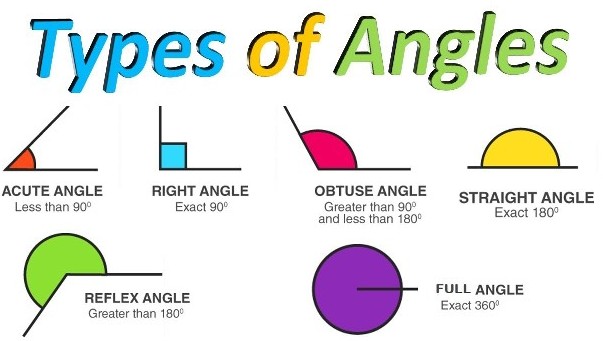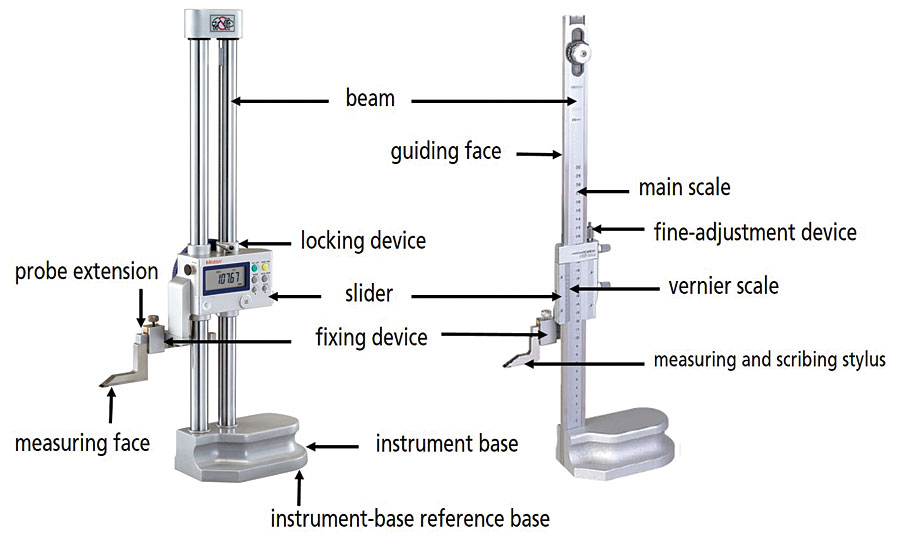Supported by an angle plate

13 mm
12 equal parts on vernier scale
The vernier bevel protractor is a precision instrument meant for measuring angles to an accuracy of 5 minutes.
The Least count of vernier bevel protractor is 5' (Five Minutes)
The value of each Vernier scale division of Vernier bevel protractor is 1 degree 55 minutes.
To get the least count of 5 minutes (5') in a vernier bevel protractor the 23 degree main scale is divided into 12 equal parts on vernier scale.
Following are the parts of a vernier bevel protractor.
Stock : – This is one of the contacting surfaces during the measurement of an angle. Preferably it should be kept in contact with the datum surface from which the angle is measured.
Dial:– The dial is an integrated part of the stock. It is circular in shape, and the edge is graduated in degrees.
Blade:- This is the other surface of the instrument that contacts the work during measurement. It is fixed to the dial with the help of the clamping lever. A parallel groove is provided in the centre of the blade to enable it to be longitudinally positioned whenever necessary.
Locking Screws:- Two knurled locking screws are provided, one to lock the dial to the disc, and the other to lock the blade to the dial.

Acute angle
Acute Angle: An angle which measures less than 90 Degree is called an acute angle.
Right Angle: An angle which measures exactly 90 Degree is called a right angle.
Obtuse Angle: An angle that measures greater than 90 degree and up to 180 Degree is known as the obtuse angle
Straight Angle:The angle which measures exactly 180 Degree is called a straight angle.
Reflex Angle: The angle which measures greater than 180 Degree and less than 360 Degree is known as the reflex angle.
Full Angle: The angle which measures exactly 360 Degree is called a straight angle.

